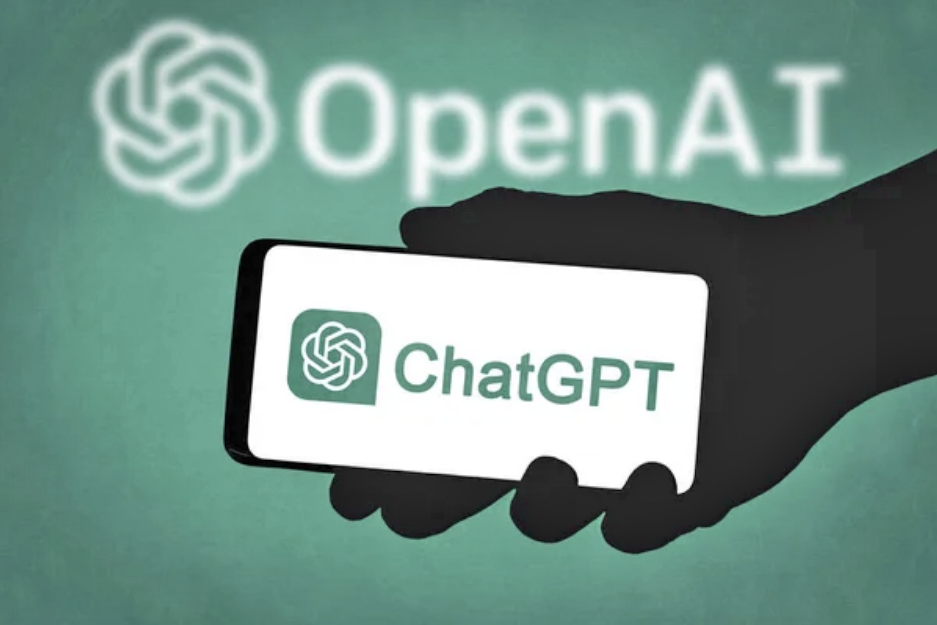In today’s digital age, the realms of artificial intelligence and natural language processing have given birth to powerful tools that bridge the gap between man and machine. One such tool, which has been creating waves in recent times, is the ChatGPT Text-to-Speech (TTS) technology. Designed by OpenAI, the brilliant minds behind the revolutionary GPT series, this TTS technology stands out in a crowded market. But what exactly is ChatGPT TTS, and how does it differ from the myriad of other text-to-speech tools out there?
What is ChatGPT Text-to-Speech?
ChatGPT Text-to-Speech is a state-of-the-art AI-driven technology that converts written text into natural-sounding speech. What sets it apart from traditional TTS systems is its base: ChatGPT, a model from the GPT (Generative Pre-trained Transformer) series, renowned for its human-like text generation capabilities. By marrying this powerful text generator with advanced speech synthesis, OpenAI has crafted a TTS tool that doesn’t just ‘read’ your text – it brings it to life.
Who Can Use ChatGPT TTS?
Everyone and anyone! Whether you’re:
- A content creator looking to convert blog posts into podcasts.
- An educator wants to make lessons more engaging for auditory learners.
- A developer seeking to integrate voice responses into your app.
- An individual with visual impairments seeking an auditory reading tool.
- The possibilities with ChatGPT TTS are vast, and its accessibility ensures that a wide array of users can harness its power.
When Can It Be Used?
ChatGPT TTS is versatile, finding applications in:
- Audiobooks: Give stories life with emotive and natural narrations.
- E-learning: Turn textual lessons into interactive audio lectures.
- Customer Support: Voice-enable chatbots for a more personalized touch.
- Gaming: Voiceover for characters, adding depth and realism to gaming experiences.
- Assistive Technologies: Aid individuals with disabilities, providing audio versions of digital text.
- And countless other scenarios where voice output can enhance user experience.
Price
OpenAI offers different pricing structures, and while there might be a free tier with limited access, premium features and increased usage often come with associated costs. Always refer to OpenAI’s official website for the most up-to-date pricing information.
Mobile or Desktop?
The beauty of ChatGPT TTS lies in its adaptability. Whether you’re on the go with your mobile device or seated at your desktop workstation, as long as you have internet connectivity, you can access and utilize ChatGPT TTS. API integrations further mean that developers can embed it within their apps, irrespective of the platform.
What Sets ChatGPT TTS Apart from Other TTS Software?
While the TTS market has no dearth of offerings, ChatGPT TTS differentiates itself in several ways:
- Naturalness: Most TTS tools can sound robotic. ChatGPT TTS, on the other hand, aims for a more human-like cadence and tone.
- Contextual Intonation: Thanks to its AI core, ChatGPT TTS understands context, ensuring the intonation matches the sentiment of the text.
- Continual Improvements: OpenAI’s commitment to research means that ChatGPT TTS is ever-evolving, offering better features and voice quality with time.
- Customizability: Users often have the power to tweak voice settings, suiting specific requirements.
Conclusion
In a world where voice technology is fast becoming the norm, ChatGPT Text-to-Speech stands out as a beacon of innovation and quality. Its adaptability across platforms, coupled with its human-like voice generation, makes it a must-try for anyone in the digital realm. As AI continues to shape our futures, tools like ChatGPT TTS will undoubtedly play a pivotal role.

